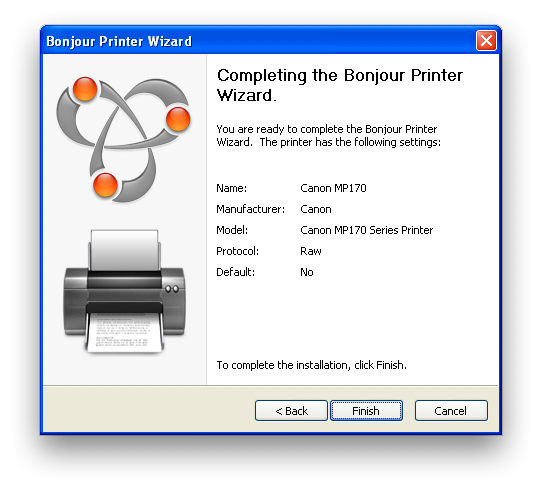

- #Macvim package via homebrew how to#
- #Macvim package via homebrew mac os x#
- #Macvim package via homebrew free#
Where should you save the file? To any folder for which you know the location of the folder.

#Macvim package via homebrew how to#
If you are using P圜harm, we have already discussed how to run from a source file.įor other editors, open a new file hello.py and type this: print( "hello world") Start your choice of editor, enter the following program and save it as hello.py. As Simon Cozens 1 says, it is the "traditional incantation to the programming gods to help you learn the language better." There is a tradition that whenever you learn a new programming language, the first program that you write and run is the 'Hello World' program - all it does is just say 'Hello World' when you run it. You can find more information about P圜harm in the P圜harm Quickstart page. Phew! That was quite a few steps to get started, but henceforth, every time we ask you to create a new file, remember to just right-click on helloworld on the left -> New -> Python File and continue the same steps to type and run as shown above. You should now see the output (what it prints) of your program:

Now right-click on what you typed (without selecting the text), and click on Run 'hello'. You will be asked to type the name, type hello:ĭelete the lines that are already present, and now type the following: print( "hello world") Right-click on the helloworld in the sidebar and select New -> Python File: When you open P圜harm, you'll see this, click on Create New Project:Ĭhange untitled to helloworld as the location of the project, you should see details similar to this:
#Macvim package via homebrew free#
P圜harm Educational Edition is a free editor which you can use for writing Python programs. To reiterate, please choose a proper editor - it can make writing Python programs more fun and easy. However, as I mentioned before, beginners can start with P圜harm and focus the learning on Python rather than the editor at this moment. In case you are willing to take the time to learn Vim or Emacs, then I highly recommend that you do learn to use either of them as it will be very useful for you in the long run. I personally use both for most of my programs, and have even written an entire book on Vim. Needless to say, these are two of the most powerful editors and you will benefit from using them to write your Python programs. If you are an experienced programmer, then you must be already using Vim or Emacs. If you are using Windows, do not use Notepad - it is a bad choice because it does not do syntax highlighting and also importantly it does not support indentation of the text which is very important in our case as we will see later.
#Macvim package via homebrew mac os x#
If you have no idea where to start, I would recommend using P圜harm Educational Edition software which is available on Windows, Mac OS X and GNU/Linux. One of the very basic requirements is syntax highlighting where all the different parts of your Python program are colorized so that you can see your program and visualize its running. A good editor will help you write Python programs easily, making your journey more comfortable and helps you reach your destination (achieve your goal) in a much faster and safer way. You have to choose an editor as you would choose a car you would buy. Hence, the choice of an editor is crucial indeed. A good programmer's editor will make your life easier in writing the source files. To create our Python source files, we need an editor software where you can type and save. We cannot type out our program at the interpreter prompt every time we want to run something, so we have to save them in files and can run our programs any number of times. Here, we are supplying the text Hello World and this is promptly printed to the screen. We use print to (unsurprisingly) print any value that you supply to it. Notice that Python gives you the output of the line immediately! What you just entered is a single Python statement. Type "help", "copyright", "credits" or "license" for more information. from > onwards) should be the same regardless of the operating system. The details about the Python software will differ based on your computer, but the part from the prompt (i.e. Here is an example of what you should be seeing, when using a Mac OS X computer. You should see the words Hello World printed to the screen. This is called the Python interpreter prompt.Īt the Python interpreter prompt, type: print( "Hello World")įollowed by the key. Once you have started Python, you should see > where you can start typing stuff. Open the terminal in your operating system (as discussed previously in the Installation chapter) and then open the Python prompt by typing python3 and pressing key.


 0 kommentar(er)
0 kommentar(er)
